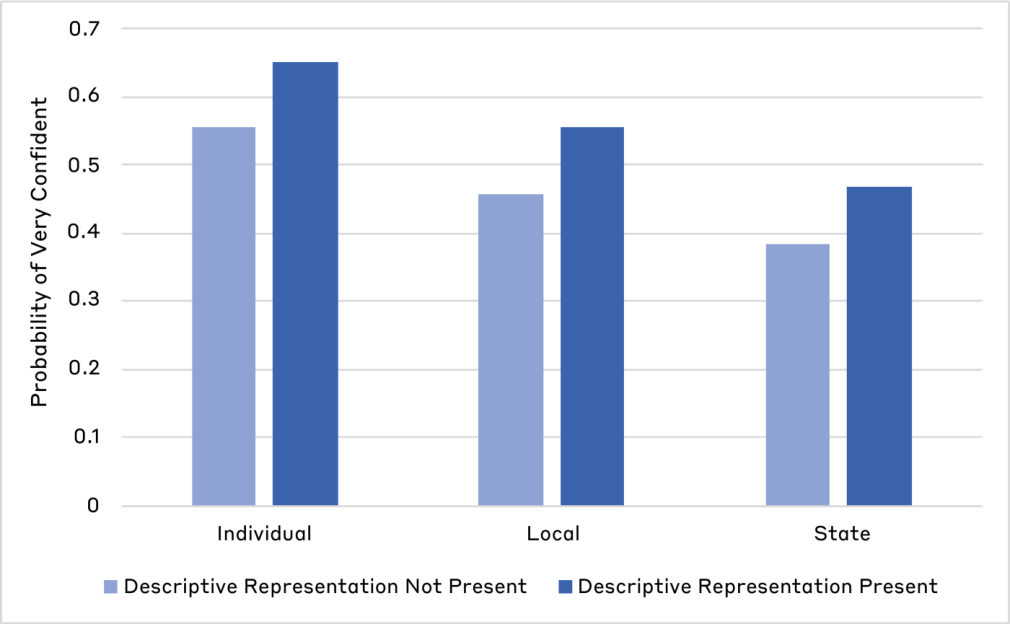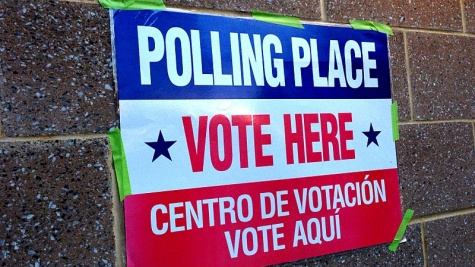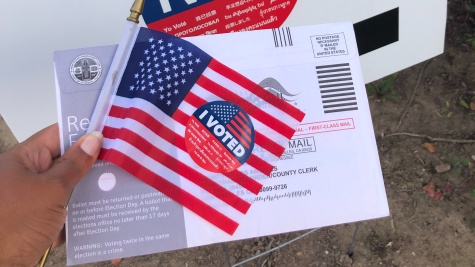Descriptive Representation in Election Administration
Poll Workers and Voter Confidence
The MIT Election Data and Science Lab helps highlight new research and interesting ideas in election science. Bridgett King recently presented a paper at the 2018 annual meeting of the Midwest Political Science Association entitled, “Descriptive Representation in Election Administration: Poll Workers and Voter Confidence.” Here, Professor King summarizes her analysis from that paper.
Successfully determining who wins and loses in an election involves a series of systems that, while operating simultaneously, function independent of each other.
This is particularly true in federal elections when the more than 3,000 counties, parishes, and boroughs in the United States individually conduct elections that are used to determine outcomes for the states in which they are embedded and the nation as a whole. Given this, confidence in the accuracy of elections and the outcomes that they produce requires that voters trust not only their local processes and procedures, but also those across their state and the nation. Many factors can facilitate or diminish confidence. While it stands to reason that voters are more confident when candidates who are affiliated with their political party win, what voters experience while casting a ballot can also contribute to their confidence in elections. The quality of poll workers, experiences with voting equipment and technology, and evaluations of polling locations can all affect how confident citizens are in elections.
About descriptive representation
One area of the voting experience that has received little attention is descriptive representation. Descriptive representation describes the extent to which public officials reflect the demographic composition of the constituents that they serve. In many areas of public administration and policy, the importance of descriptive representation or shared identity and perceived shared experience for racial and ethnic minorities is well documented. For example, descriptive representation can contribute to the way in which citizens evaluate and interact with elected officials. When black constituents have black representatives in the U.S. House of Representatives, they rate their representatives higher than blacks with white representatives. Sharing a racial identity with a member of Congress can also increase the likelihood of a constituent contacting their member of Congress.
In addition to elected officials, descriptive representation can contribute to how legitimate citizens view the actions of bureaucrats (when black citizens are stopped by black police officers, they are more likely to perceive their actions as legitimate) and encourage involvement in government (when there are more blacks in public institutions, the likelihood of involvement by blacks increases). In the administration of elections, poll workers serve as the face of elections and are the street level bureaucrats that voters interact with most.
During elections, millions of citizens vote in person either before or on Election Day. These individuals are served by almost one million citizens who volunteer to serve as poll workers at more than 100,000 polling locations across the United States. When voters vote in person, poll workers are the street level bureaucrats charged with complying with local, state, and federal laws, setting up the polling location, checking voters in and verifying voter registration status, providing assistance and remedy when there are problems with the voting machines, responding to citizens’ concerns and questions, and closing the polling location. Poll workers are an integral component of successfully conducting and managing elections in the United States. In addition to the important administrative role that they play, poll workers also contribute to the way voters view elections and their outcomes. Given the important role that poll workers play as the street level bureaucrats that voters encounter and the role that descriptive representation can play in legitimizing government, it stands to reason that for minority voters, interacting with a poll worker of similar racial identity will increase confidence in elections.
Data and analysis
Data from the 2016 Survey of the Performance of American Elections(SPAE) was used to evaluate the relationship between descriptive representation and confidence. Specifically, the data were used to determine if black voters who interacted with a black poll worker on Election Day were likely to be more confident when compared to black voters who interacted with a poll worker of another race/ethnicity. The SPAE is a national survey that is used to gauge the quality of the election experience. Interviews for the survey were conducted in all 50 states and the District of Columbia to represent the nation on several demographic characteristics — including education, income, race, and partisanship. Because of the decentralized nature of American elections, the analysis considered not only the effect of descriptive representation on confidence in the voter’s ballot being counted accurately but also ballots across their local jurisdiction (county or city), state, and the nation.
The results of the analysis suggest that black voters whose primary interaction on Election Day is with a black poll worker express greater confidence that their ballot, ballots across their local jurisdiction, and ballots across their state are counted accurately. The figure below presents the difference in the likelihood of a voter believing that their ballot, ballots locally, and ballots across the state are counted accurately with and without the presence of descriptive representation. The effect of black voters interacting with a black poll worker when compared to a non-black poll worker increases the probability of being very confident in ballot accuracy from a range of 8 to 10 percentage points.

Probability of ‘very confident’ evaluation of ballot accuracy
The analysis demonstrates that similar to other public policy spaces, descriptive representation in the administration of elections matters. In light of recent administrative irregularities that have reduced the confidence that black voters have in elections, the value of seeing a reflection of oneself when entering the polling location to cast a ballot should not be minimized. Although the analysis focused on black Americans, descriptive representation more than likely matters for other racial and ethnic groups who often do not see themselves reflected in the street level bureaucrats they regularly encounter. Within election administration, a diverse population of poll workers serves as a means to facilitate confidence in elections and the legitimacy of election outcomes.



